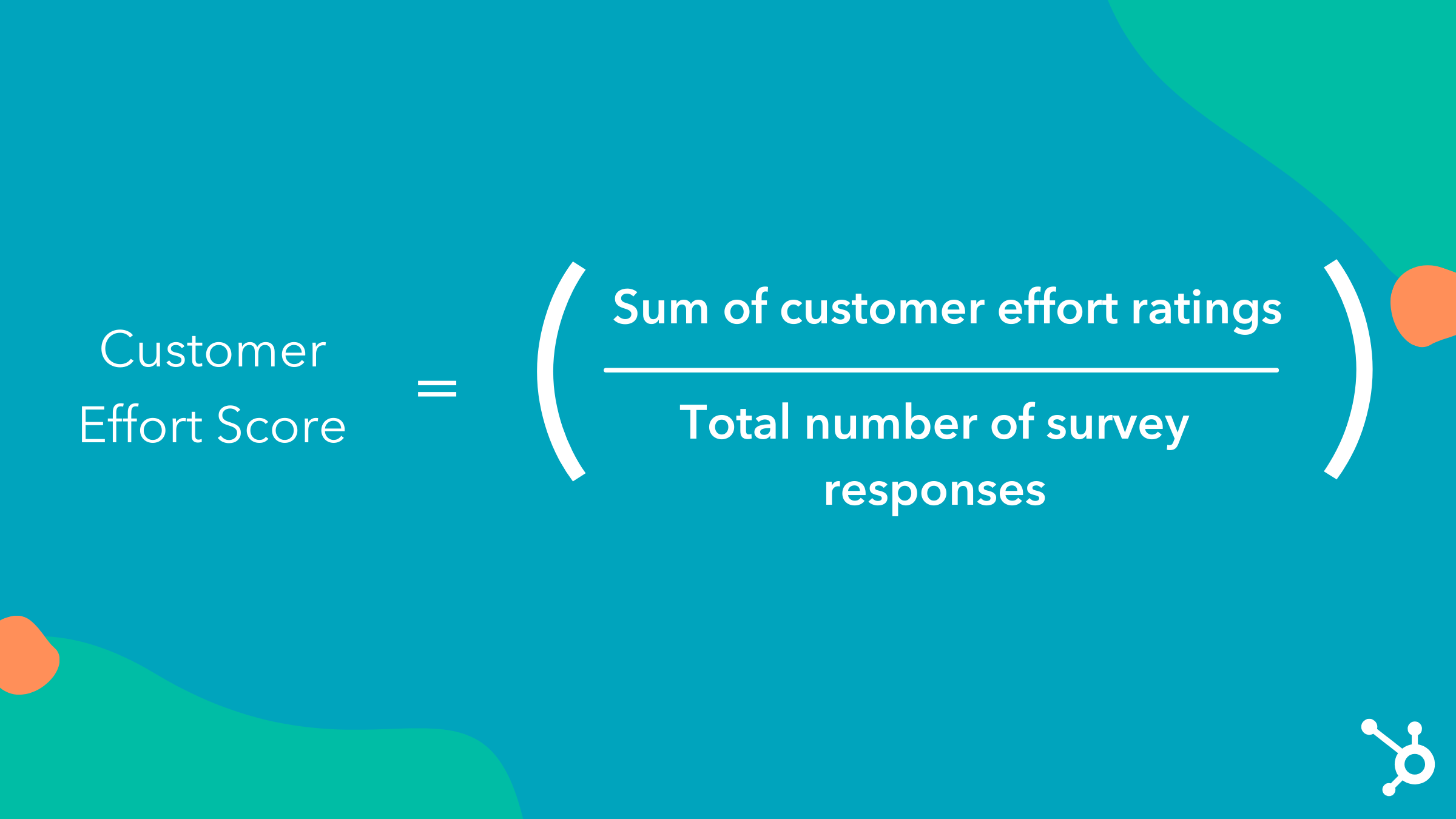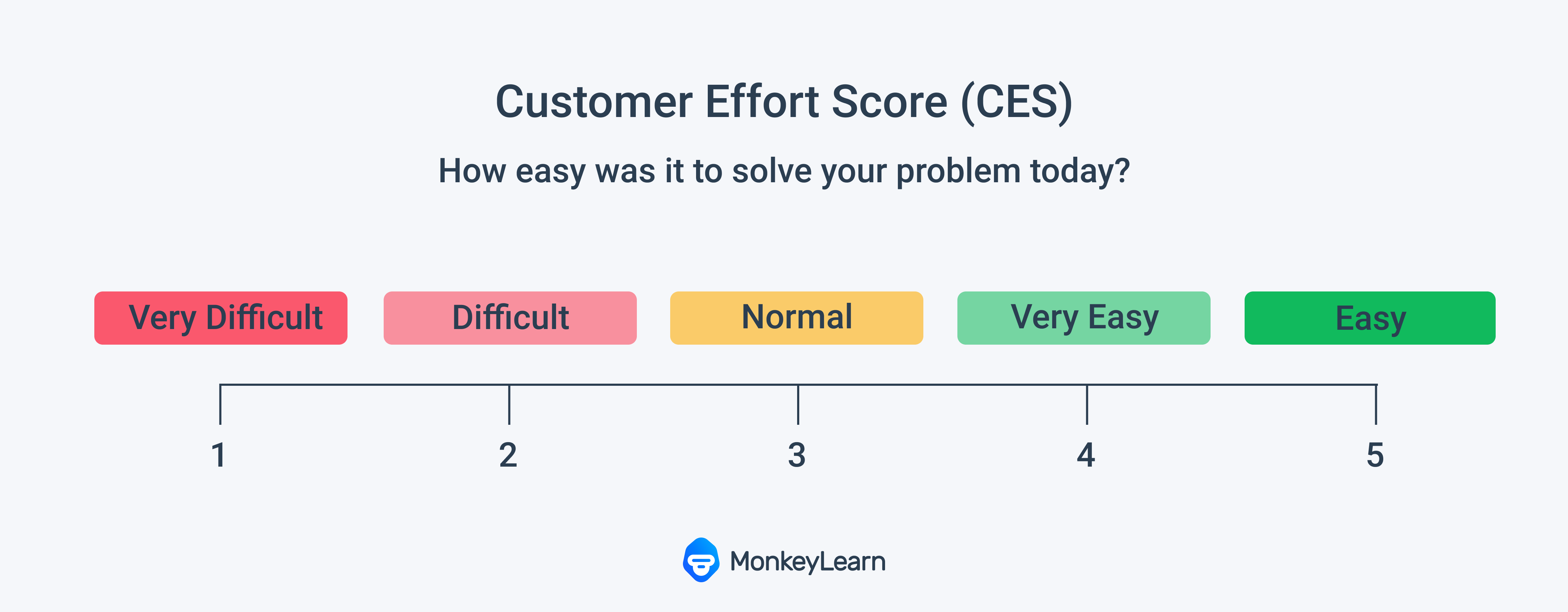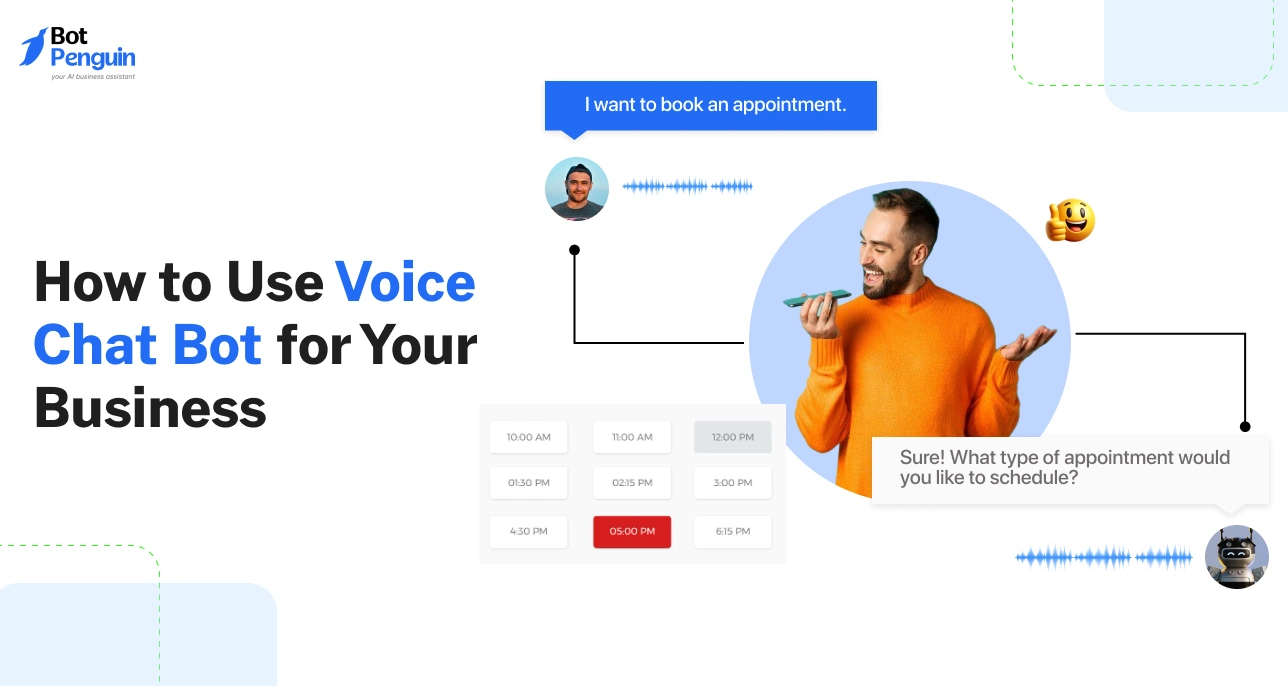Definition of Customer Effort Score
Customer Effort Score (CES) is a way to find out how easy it is for customers to interact with a business. Instead of asking if they are happy, it asks if things are simple and smooth. This score can tell a lot about how well a business is doing in making things easy for its customers.
Customer Effort Score Calculation

For customer effort score calculation, customers are typically asked to respond to a single survey question such as, "How easy was it to handle your issue today?" Responses are given on a scale, usually from 1 to 5, where 1 indicates very high effort, and 5 indicates very low effort. Alternatively, a scale from 1 to 7 or 1 to 10 may be used. The responses are then averaged to get the CES.
The customer effort score formula for calculating CES is straightforward:
Customer Effort Score (Formula) = ∑(individual customer effort scores)/total number of responses
For instance, if five customers rate their effort levels as 3, 4, 2, 5, and 3, the customer effort score calculation would be as follows:
Customer Effort Score = 3+4+2+5+3/5 = 17/5 = 3.4
A lower customer effort score calculation indicates that customers perceive their interactions as requiring less effort, which is positive for the company. Conversely, a higher customer effort score calculation suggests that customers find the processes cumbersome. Thus highlighting areas where improvements are necessary to enhance customer satisfaction and loyalty.
Suggested Reading: Customer Analytics
Importance of Measuring Customer Effort Score

The importance of measuring customer effort score are the following:
- Enhances Customer Loyalty:
Customers who experience less effort are more likely to return.
Reducing effort leads to stronger customer relationships.
- Boosts Customer Satisfaction:
Simplifying customer interactions improves overall satisfaction.
Happy customers are more likely to recommend the business to others.
- Identifies Pain Points:
Helps pinpoint areas where customers encounter difficulties.
Provides insights for targeted improvements in the customer journey.
- Improves Business Efficiency:
Streamlining processes reduces time and effort for customers and staff.
Efficient interactions lower operational costs.
- Increases Positive Word-of-Mouth:
Customers share their easy and positive experiences with friends and family.
Positive feedback attracts new customers to the business.
- Reduces Customer Support Costs:
Easier processes result in fewer support inquiries.
Lower support demand reduces costs and frees up resources for other tasks.
- Drives Customer-Centric Improvements:
Focuses on making interactions smoother and simpler for customers.
Ensures the business evolves based on real customer needs.
- Enhances Competitive Advantage:
Businesses that offer easier experiences stand out from competitors.
A high Customer Effort Score can be a unique selling point.
- Increases Revenue:
Satisfied and loyal customers are likely to spend more over time.
Easier processes lead to higher conversion rates and repeat purchases.
- Supports Proactive Problem Solving:
Identifies potential issues before they escalate.
Allows for timely interventions to maintain customer trust and satisfaction.
Components of a Customer Effort Score Survey
The components of a customer effort score survey are the following:
Question Design
Designing a Customer Effort Score survey starts with a simple question. You want to know how easy it was for the customer to achieve their goal. Ask something like, "How easy was it to solve your issue today?" Keep it straightforward. This question should be clear and to the point, so customers understand exactly what you're asking.
Rating Scale

Next, include a rating scale. This helps you measure the effort in a way that’s easy to analyze. A common scale is from 1 to 5, where 1 means "very easy" and 5 means "very difficult." This simple scale makes it easy for customers to respond quickly. They don’t have to think too hard about their answer, which is the goal. You want their immediate reaction.
Follow-up Questions

After the main question and rating, it’s helpful to ask a follow-up. This can provide more context to their score. For example, if someone rates their experience as difficult, ask why. A question like, "What made your experience difficult?" can give you valuable insights. Keep follow-up questions short and specific. This way, you get the information you need without overwhelming the customer.
Importance of Clarity
Clarity is crucial in a Customer Effort Score survey. If the questions are confusing, the responses will be unreliable. Use simple words and keep sentences short. The goal is to get honest and immediate feedback from your customers. They should be able to answer quickly without having to think too much about what you’re asking.
Timing and Placement
Consider when and where you present the survey. Right after a customer interaction is ideal. If they’ve just completed a purchase or finished a support call, they can easily recall their experience. Place the survey where it's convenient, like in a follow-up email or as a pop-up on your website. This ensures higher response rates and more accurate data.
Analyzing Results

Once you have the responses, analyze them to find patterns. Look for common issues that made the experience difficult. This helps you understand where to focus your efforts. If many customers rate their experience as difficult, dig deeper into those interactions. Find out what went wrong and how you can fix it.
Making Improvements
Use the insights from your Customer Effort Score survey to make improvements. If customers find a particular process hard, simplify it. If a website feature is confusing, redesign it to be more user-friendly. The goal is to reduce effort and make every interaction smoother for your customers.
Frequently Asked Questions (FAQs)
What is Customer Effort Score (CES), and why is it important?
CES measures the ease of customer interaction with a company, highlighting the importance of a seamless experience in achieving customer satisfaction and loyalty.
How is Customer Effort Score calculated?
Customer effort score calculation is typically calculated by asking customers to rate the ease of their experience on a scale, often from "Very Easy" to "Very Difficult."
When should companies measure Customer Effort Score?
Companies should measure CES after key interactions or transactions, such as making a purchase or contacting customer service, to assess the ease of customer experience.
How can businesses improve their Customer Effort Score?
Improving customer effort score calculation involves streamlining processes, enhancing user interfaces, providing effective customer support, and implementing regular feedback loops to reduce customer effort.
What is the difference between NPS, CSAT, and CES?
NPS assesses customer loyalty, CSANT measures customer satisfaction with a product/service, and CES evaluates the ease of customer experiences with a company.
Can a high Customer Effort Score impact customer loyalty?
Yes, a high customer effort score calculation, indicating low effort, can significantly enhance customer loyalty, as customers are more likely to return to and recommend services that are easy to use.

